Quite often, a herb called cilantro is found in various recipes. It has a rich taste and aroma, and there is nothing complicated in its cultivation. Difficulties may arise during the collection of greenery. You can read more about how to harvest cilantro in this article.
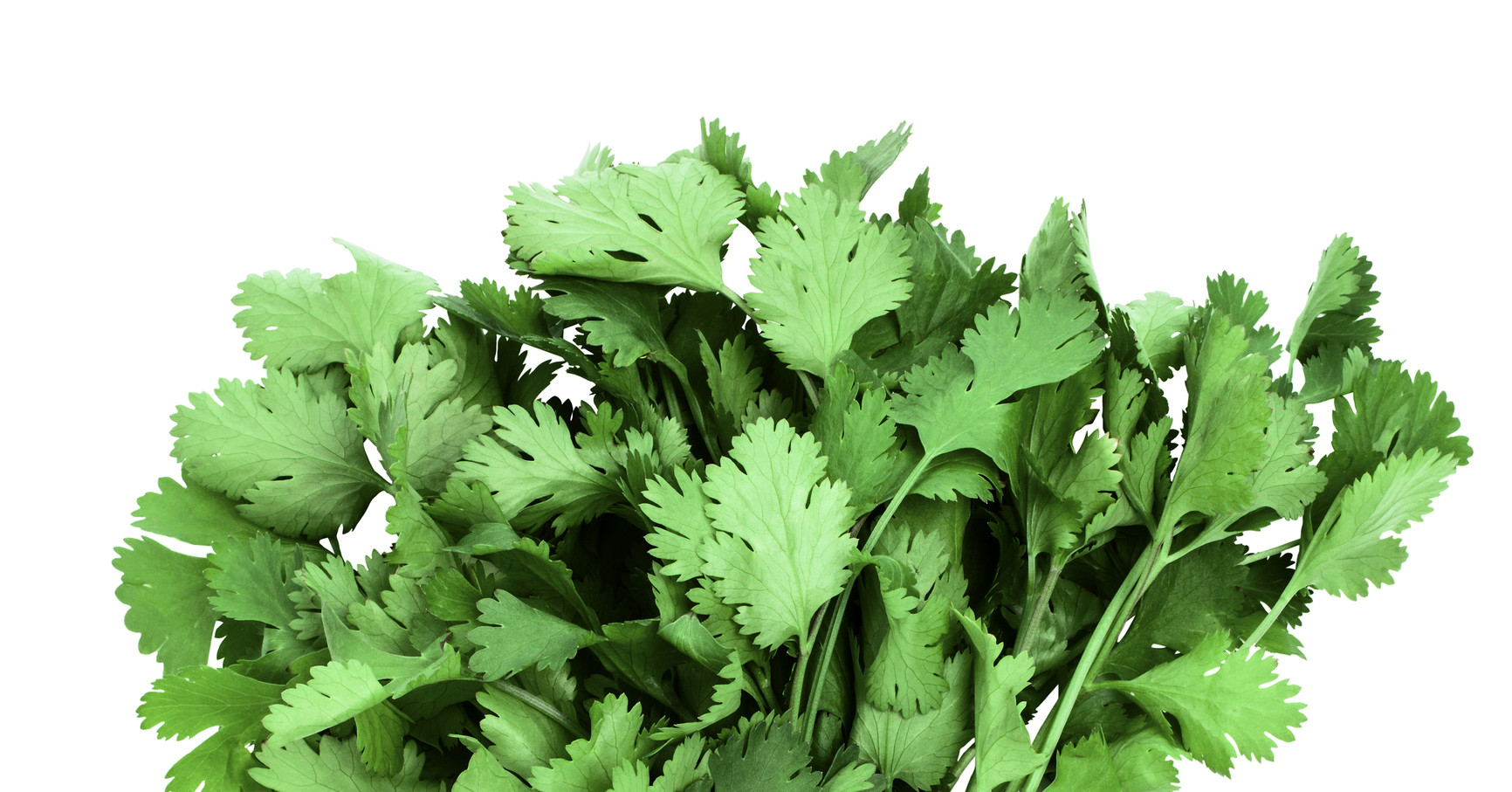
What is cilantro?
Before proceeding to the question, of how to harvest cilantro, you should familiarize yourself with the characteristics of the plant itself. This is an annual plant, which is distinguished by long stems, on which leaves are formed in the form of feathers. They are a bit like parsley. Most often, cilantro is found in Mexican dishes.
Coriander leaves have a rich aroma and taste. There are people who cannot live a day without cilantro. And there are those who hate this greenery. If you are in the category of people who hate cilantro, look for basil or parsley.
How to harvest cilantro
If you decide to start growing cilantro, it is important to know a few important conditions that contribute to a better harvest. Cultivation must be carried out in the right climatic conditions. Cilantro prefers to grow in cool weather. If the temperature begins to rise actively, the cilantro plant enters the seed production phase.
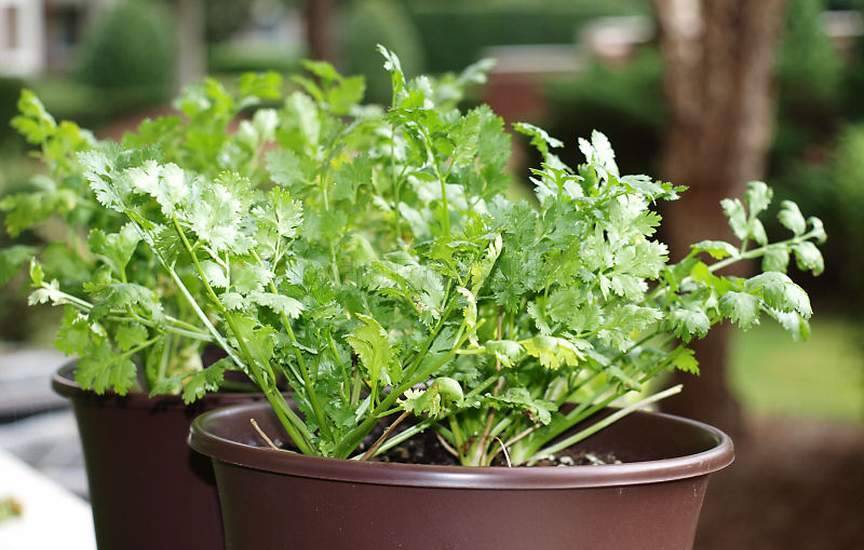
Lighting
Despite this, cilantro prefers to grow in well-lit areas or in partial shade. During the summer, when temperatures can reach 80 degrees Fahrenheit, the bushes begin to curl up. The vegetation of the plant lasts throughout spring or autumn.
Watering
It is important to pay attention to the quality of watering. You cannot water the bushes abundantly because they can rot. It is also impossible for them to remain in a state of drought for a long time. After all, this provokes wilting. Planting cilantro should be done in soil with good drainage.
Mulching
To prolong the growth of cilantro, and for a long time to collect greens, each bush should be mulched. Cilantro cannot be called a long-lived plant. Within a few months, coriander seeds form on the bushes, after which a transplant is required.
However, there are more versatile plant varieties that are able to produce greens throughout the summer and autumn. They do not start releasing coriander seeds too quickly.
How to harvest cilantro: optimal harvest time
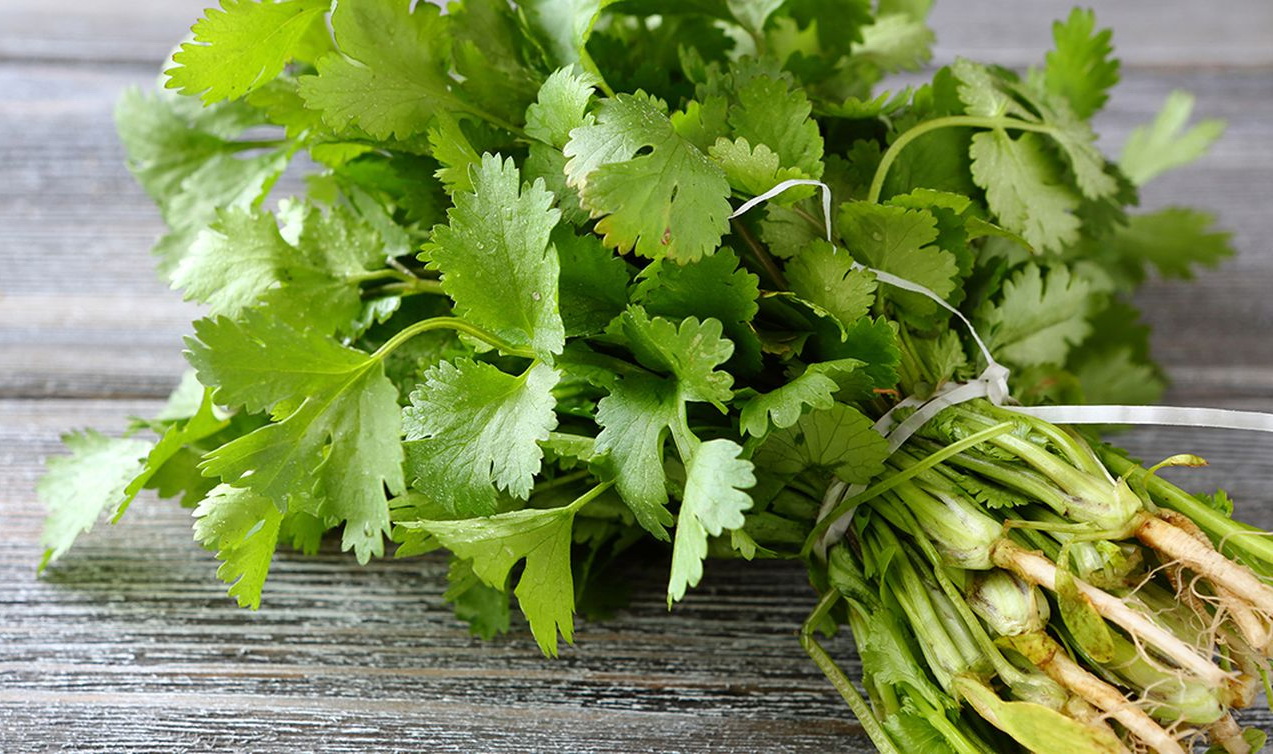
If you harvest correctly and on time, cilantro has a long lifespan. However, it is important to wait until the plant takes root. Only after that, it makes sense to start cutting cilantro leaves and stems.
You can often hear the question, how do I know when my cilantro is ready to pick? When the plant grows, numerous thin stems with great length are formed on it. You can start harvesting cilantro when the leaf plates resemble lace, and the stems reach a large length.
The length of the stems can vary from 10 to 12 inches. It all depends on what variety you plant on the site. Harvesting cilantro should take place in the spring or summer when the growing season begins. If the summer is excessively hot, coriander seed begins to form in the bushes.
Experienced gardeners believe that the best time to harvest cilantro is mid-July. After that, you can continue to cut the stems until the onset of cold weather. After all, after frost, the growth rate of the plant slows down. Try to cut the cilantro leaves no more than 1-2 times a week. Focus on how strong the plant cilantro is.
It is preferable to harvest in the morning. Try to cut individual leaf plates, if necessary. On average, own fresh cilantro leaves grow at intervals of 2-3 weeks. If you collect cilantro regularly, the bushes keep getting better.
Features of collecting cilantro

Often people ask the question, how do you harvest cilantro so that it keeps growing? Try to collect the cilantro leaves separately, do not cut the entire bush at once. When planning to harvest in large quantities, it is important to leave at least 1.5 inches of stem.
Try to cut so that there are a few lower cilantro leaves at the bottom. This gives the grass support until new stems and leaves begin to grow. You need to work with clean and sterilized tools. It can be knives or scissors. It is important that they carefully cut the stems.
If you are growing cilantro in small quantities, try to cut a small part of the bush at a time. This allows the plant, in the future, to grow properly.
If the cilantro flowers form coriander seeds, it acquires an unpleasant, bitter taste. Cilantro leaves are less in demand at this point. You need to cut them off before the bush wilts.
Does cilantro recover after pruning?
Quite often, you can hear the question, does cilantro grow back after cutting? If you cut the stems right away, the plant cilantro can recover.
However, it is best to cut the cilantro plant only as needed, and not overdo it. After all, this is an additional stimulation for sustainable growth.
It is very important to provide the plant with proper care after the harvest is harvested. Thanks to this, you can restore the bushes in the next few weeks.
Harvest cilantro frequency

Often people ask the question, how often do you harvest cilantro plants? Remember that you cannot cut more than a third of the bush at a time. But you can cut them as needed. If you cook meals every day and add some cilantro plants to them, you can cut the leaves on a daily basis.
How many times can cilantro be harvested?
There is no limit on the number of cilantro harvests. While the growing season lasts, you can cut the greens as many times as needed. The cilantro plant has a short life cycle, so with the onset of warming, the crop may be lost.
Does the cilantro plant regenerate every year?
The cilantro plant is considered an annual plant. However, coriander seeds that fall from the bushes may germinate well next year. Therefore, periodically, you need to allow the plant to release seeds to achieve re-seeding.
If you live in a mild climate region, you can get 2-3 cycles of cilantro plants in one season. And this is despite the short life cycle of the plant.
Should bushes be allowed to bloom?

As already mentioned, with the onset of hot weather, the bushes begin to actively release coriander seeds. You should not remove them because next year they will sprout, and you will again have fresh cilantro. If you do not allow the plant to seed, you have to do the sowing yourself, which requires additional time and effort.
That being said, you can use cilantro seeds when you cook a variety of dishes. They are called coriander, and this component is found in many recipes. You can also save the seeds and plant them later.
Features of collecting seeds
If you want to harvest coriander seeds, you should wait for the cilantro flowers. At first, the seeds are green and cannot be harvested. It makes sense to start collecting when the seeds turn brown. After that, the heads with seeds should be cut off, and folded into a paper bag.

Ripe seeds separate from the seed heads on their own and accumulate inside the bag. You need to store cilantro seeds in a pantry where the sun’s rays do not fall. You can also place them in the refrigerator. They can be added to pickles, souses, and spices.
Features of storing cilantro
Before you start storing cilantro, you should decide on the required amount. If you do not immediately use all the stocks, you should learn how to properly store greens. This store’s fresh cilantro for longer. All methods for harvesting cilantro will be discussed in more detail below.
Water storage
First, the stems and leaves must be thoroughly washed, then dried on paper towels. The leaves should be dry when you place the stems in a container filled with water. After that, put the container with herbs in the refrigerator, where the cilantro will be stored for up to 3 days.
Try to change the water every day. To maintain the optimal level of humidity, and the greens are not sluggish, you should cover them with a plastic bag.
How to store it in the freezer?
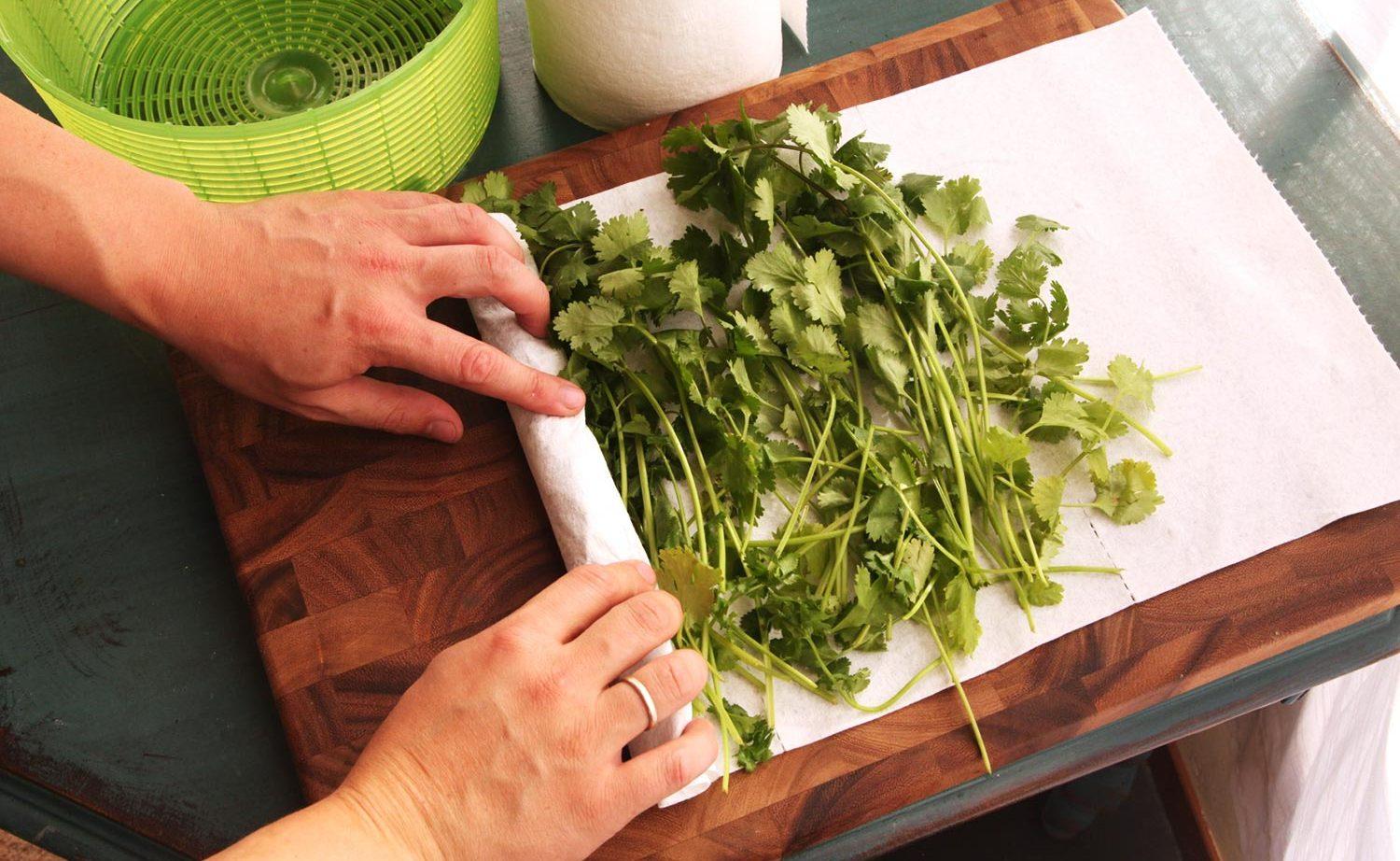
Many housewives prefer to freeze cilantro. First, the cilantro leaf must be washed well so that no dust or garden soil remains on them. Shake off any excess moisture afterward. Finely chop the leaves and place them in ice cube trays. Pour some water inside so that it completely covers the greens.
Put the mold in the freezer overnight and take it out in the morning. Remove all the cubes from the mold and place them in the bags. After that, it is convenient to get 1-2 cubes to add to your favorite dishes. The shelf life of frozen cilantro is 6-8 months.
How to make cilantro salt?
First, freshly washed and dried greens should be placed in a blender and chopped. Then mix it with salt. Choose good quality salt. The best option would be Himalayan or sea salt. The coarser it’s grinding, the better the cilantro will break.
Put the mixture in the refrigerator. The shelf life is about 1 year.
How to dry cilantro?

There are many methods for drying cilantro. However, cooks do not advise doing this. After all, greens lose their rich taste and aroma during the drying process, and can only be used to decorate dishes. If you decide to dry the cilantro, then this can be done using the oven.
If you want to preserve the taste of greens at least a little, try to avoid high temperatures and heat. Hot air can greatly affect the taste of the herb. It is recommended to dry greens in the open air in limbo. It is necessary to form a small bunch from the stems.
Secure it with thread. Hang the bundles in a well-ventilated area out of direct sunlight. Additionally, you can tie a bunch of thick brown paper. This keeps the greens from collecting dust, and it is safe for you to consume them after drying.
On average, after a week, the beams begin to dry. After that, you have to check them every few days to check how much they have dried. If the leaves start to crumble when you touch them, you can grind them to a powder and use them in various dishes.
If you plan to store cilantro for a long time, it must be dried well. This is excellent mold prevention. It is recommended to store fresh cilantro in glass containers. Every day it needs to be shaken well so that everything mixes well after each use because air will get inside.
Doing so also helps regulate humidity levels. Additionally, you can use a bag that absorbs moisture.
Uses for cilantro
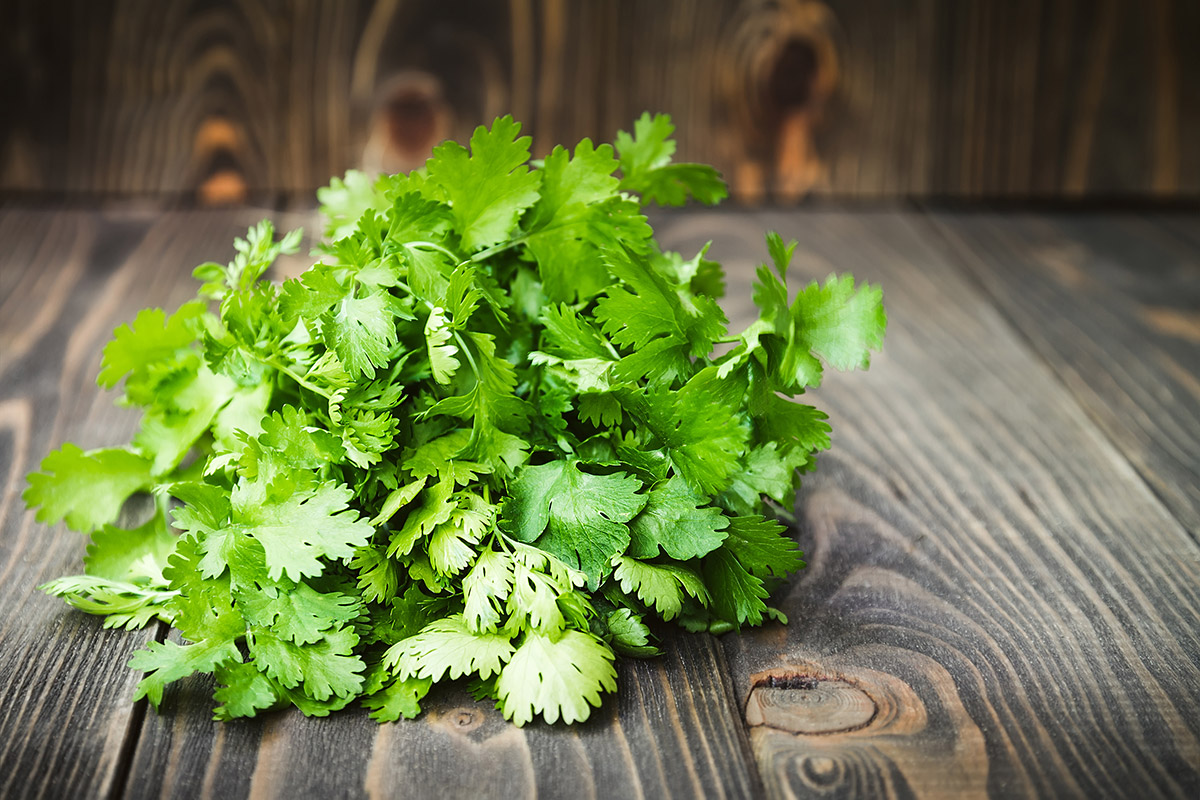
As you know, cilantro is a versatile seasoning. It can be added to a variety of dishes. They are perfect for Mexican, Asian and Italian cuisines. Many people add greens to burritos and curries. Cilantro looks good in salads and a variety of sauces, including guacamole.
Results
As you can see, picking cilantro is pretty easy if you stock up on a sharp tool. You can cut just the leaves or the entire stem. It all depends on where you add seasoning. The main rule is to cut no more than a third of the bush at a time so that it can recover. Wonder how to harvest parsley without killing the plant, read the article
- Why Are There Still No Tomatoes in My Tomato Plants? Let’s Fix the Issue! - July 13, 2023
- Water Propagation White Stuff on Roots: Everything You Should Know! - July 11, 2023
- String of Dolphins Drying Up: Solved! - July 11, 2023

